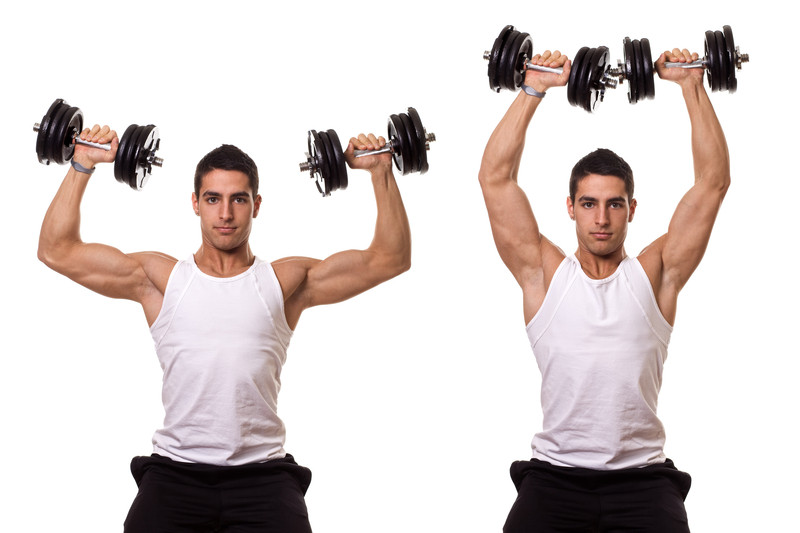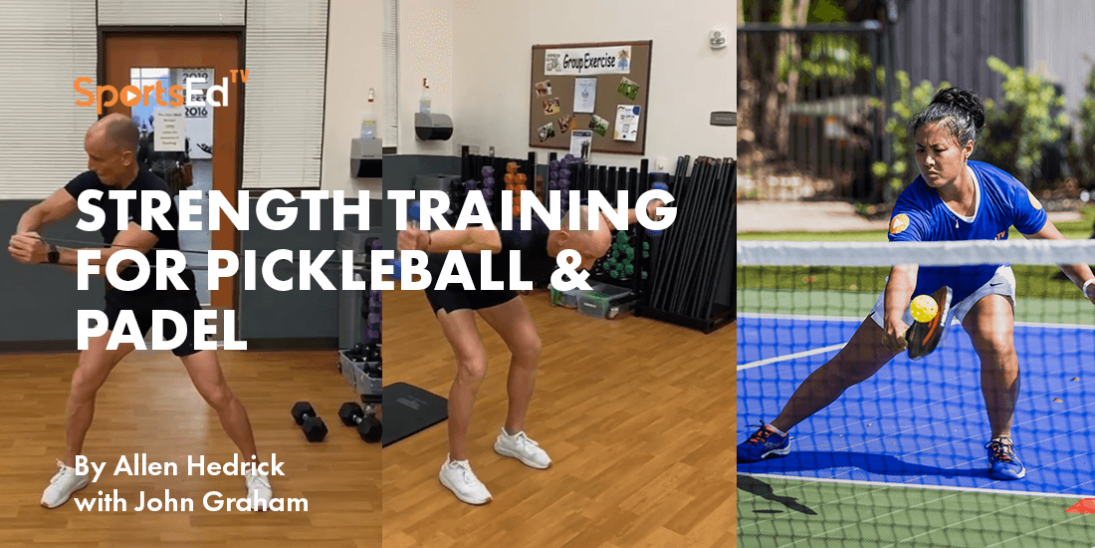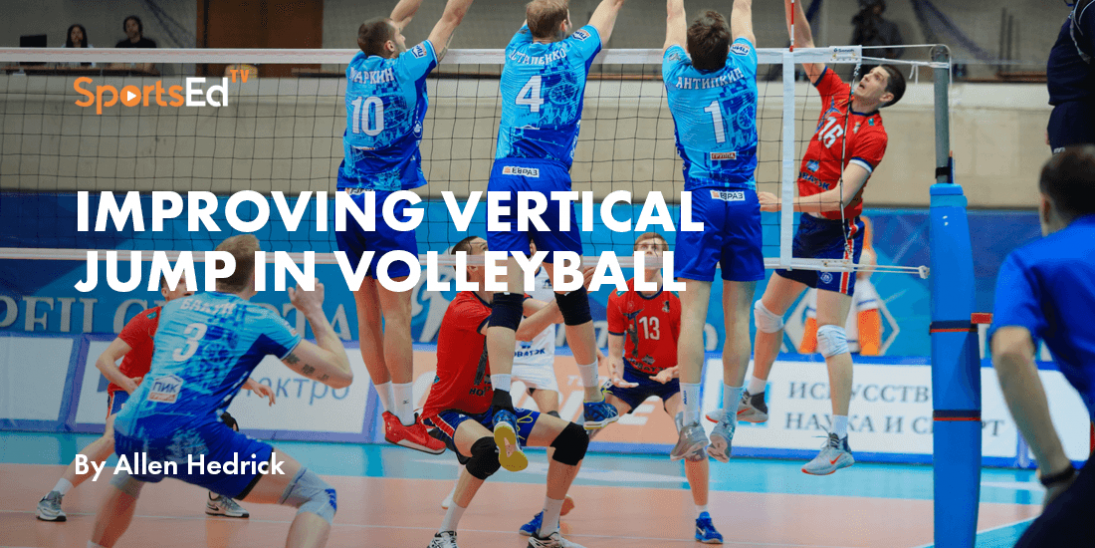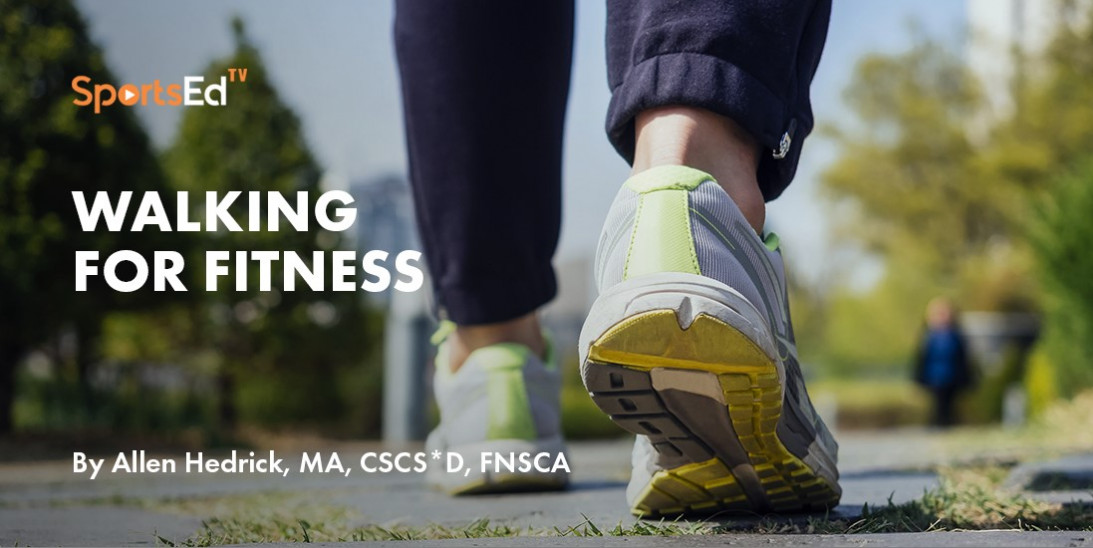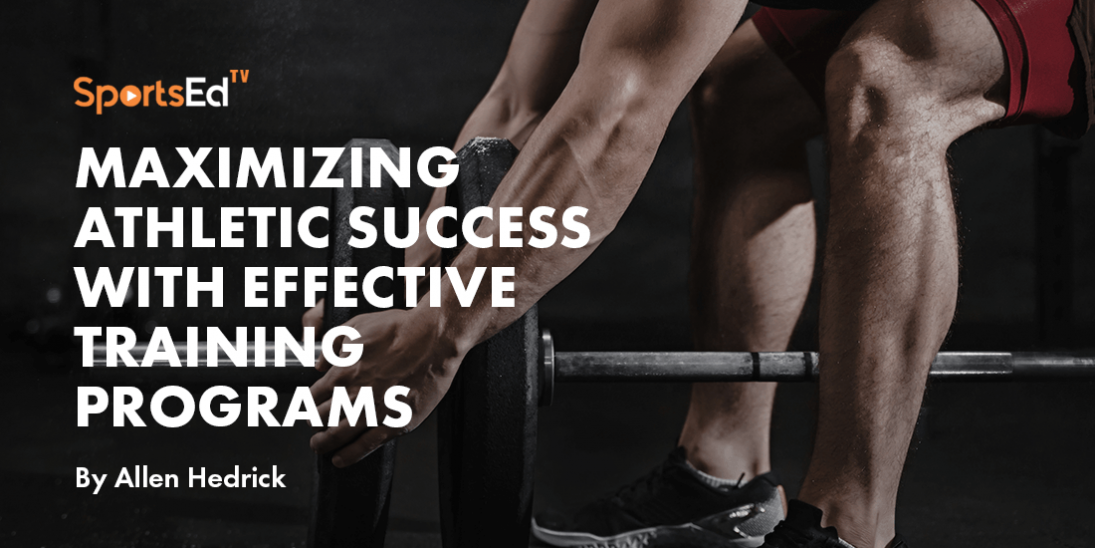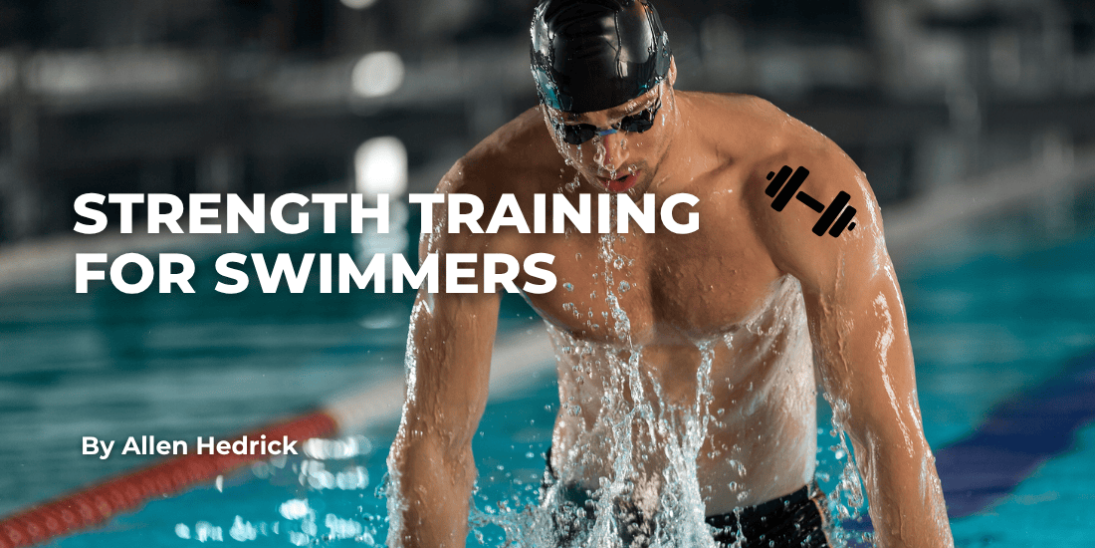Padel, Pickleball, Tennis
Welcome and thanks for visiting...

Shoulder Training for Tennis, Padel, and Pickleball: Prevent Injuries and Boost Power
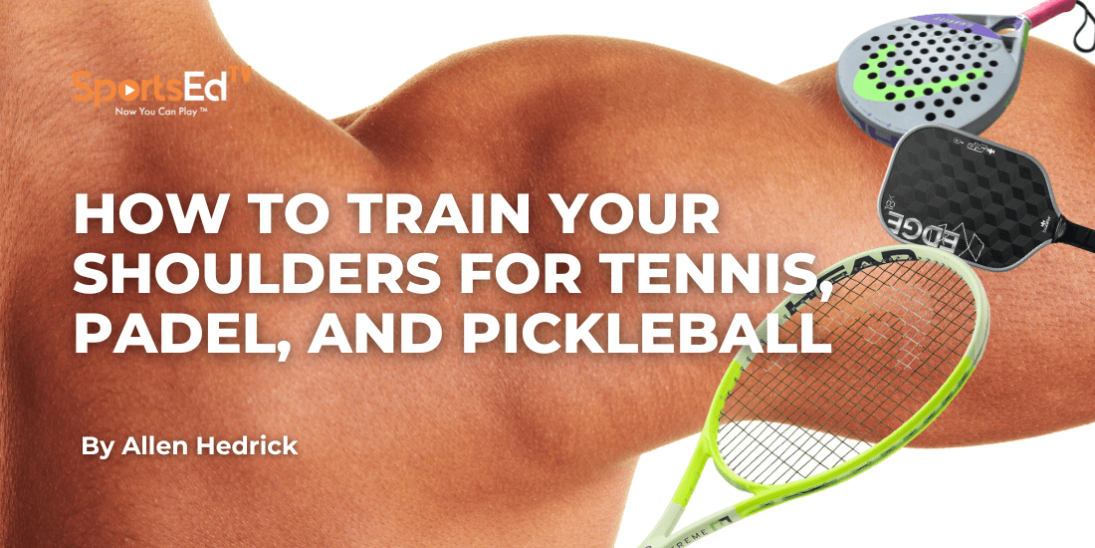
Racquet sports of all kinds place a large demand on the shoulder. Part of the reason for this is that these sports involve repetitive stress on your shoulders. Racquet sports require a strong, stable shoulder with a well-developed range of motion for optimal performance. The purpose of this article is first to discuss the importance of the shoulder joint in these activities and then describe how to build the necessary physical qualities to limit the opportunity for injury in the shoulder joint while also improving performance.
The Importance of the Shoulder Joint in Racquet Sports
Whatever racquet sport you play, the importance of strong and stable shoulders cannot be overstated. Simply put, building strong and stable shoulders is crucial to optimize performance while reducing the opportunity for injury. The need to protect the shoulder through training is increased because the shoulder joint is highly susceptible to injury because it moves through such a wide range of motion. As a result, for racquet sport athletes, the shoulder is at the top of the list in order of importance. Unfortunately, shoulder injuries are common in racquet sport athletes because the muscles surrounding the shoulder are relatively small and exposed to tremendous repetitive forces. As anyone who plays a racquet sport knows, it is important to have healthy shoulders because soreness at the shoulder joint can take the enjoyment out of playing. Your shoulders play an important role in generating power, maintaining control, and executing shots.
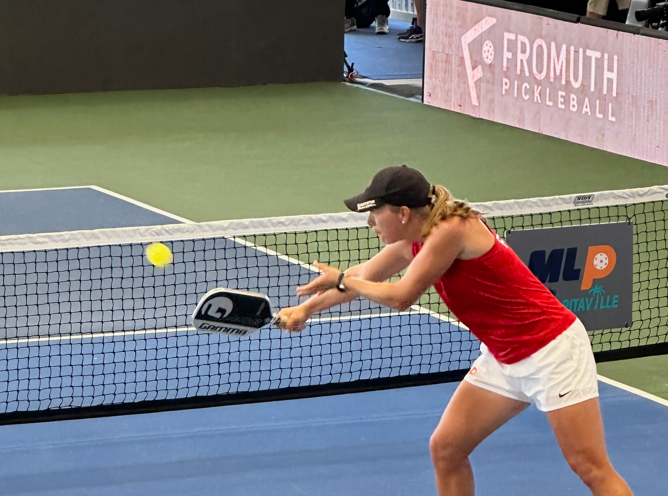
It is important to note that as we age, the body becomes more susceptible to injury. This occurs, in part, because during the aging process, typically beginning in the thirties, the body begins to lose muscle and function. This loss is often accompanied by a decrease in physical activity. This decrease in activity increases the rate of loss in muscle mass and strength. As a result, it is essential to establish and/or maintain a fitness program that includes both strength training and range of motion activities throughout your lifetime.
Training for Injury Prevention in the Shoulder
Neglecting shoulder strength and stability can lead to both suboptimal performance and increased risk of injury. When compiling a list of the most important areas of the body for a racquet athlete, the shoulder is at the top of the list. Simply put, without a fully functioning shoulder joint (mobility, stability, and strength), performance will be limited. Regardless of what racquet sport you participate in, the importance of strong and stable shoulders cannot be overstated. Building strong and stable shoulders is crucial for optimizing performance and preventing injuries in racket sports. One reason for this is that the shoulders are some of the most mobile joints in the body. However, that large range of motion increases the risk of injury. The shoulder is a ball and socket joint. The space between the ball and the socket is known as the subacromial space. Limited shoulder internal rotation usually results from muscle and capsule tightness on the posterior shoulder. This restriction decreases the subacromial space, especially in the overhead position.

The rotator cuff tendons are located in the subacromial space and can become compressed if space is limited. The rotator cuff is an essential group of muscles that stabilize the shoulder. The rotator cuff is responsible for controlling the position of the shoulder joint as the arm moves through its range of motion. The role of the rotator cuff is to keep the ball centered in the socket. Further, the scapula provides the foundation for the arm to move on, so the muscles that control scapular movement (levator scapulae, rhomboids, serratus anterior, upper trapezius, middle trapezius, lower trapezius) need to be working adequately. These muscles are commonly injured in racquet sport athletes, and weakness of the rotator cuff can lead to multiple shoulder pathologies such as impingement, biceps tendinopathy, and glenohumeral joint sensitivity. To decrease the risk of injury, it is important to improve the shoulder range of motion and build strength in the rotator cuff and scapular muscles. Each of these factors can be addressed through exercise.
Performance Benefits of Training the Shoulder
From a performance point of view, the shoulders play a pivotal role in generating power, maintaining control, and executing shots. As a result, neglecting shoulder strength and stability can lead to both suboptimal performance and an increased risk of injuries. By incorporating specific exercises into your training routine, you can increase your resistance to injury, improve your range of motion, and experience a more enjoyable and pain-free performance on the court. As a result, strength training will have a positive effect on game performance. Strength training offers numerous benefits that can elevate your performance on the court. With improved power, enhanced control, and reduced risk of injury, the ability to maximize your performance potential is increased. Improving power through training can significantly increase your explosiveness during competition. Further, incorporating exercises that strengthen the shoulder muscles, along with the wrist and forearm, assists in developing better stability and coordination, making your shot placement more effective. While this article is focused on the upper body, and specifically the shoulders, building strength/power in your legs and core, in addition to your upper body, will also provide a competitive edge.
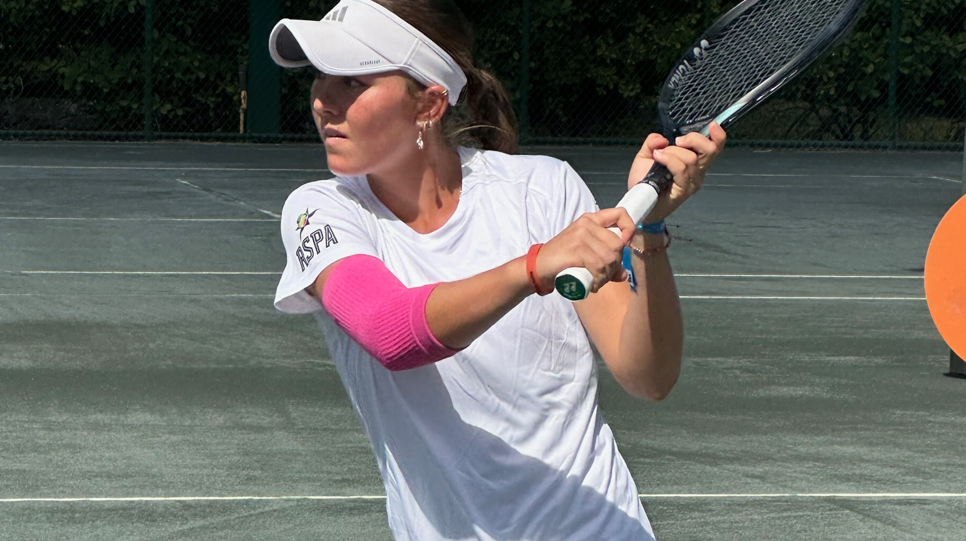
It needs to be pointed out that being a racquet sport athlete who demonstrates high levels of power is not strictly the result of high levels of muscular strength. In reality, power generation capabilities have a lot to do with both flexibility and how well the athlete is able to use the muscles in an organized sequence, typically referred to as the kinetic chain. A good example of power through flexibility is tennis athlete Novak Djokovic. He is slender and is not somebody you would look at and think of him as being strong in the traditional sense. However, one of the things that makes him such a force on the court is his flexibility. His flexibility allows him to create significant racquet speed, decreasing the need to add muscle mass. He transfers a lot of his power by using his legs, hips, core, and shoulder in a synchronized pattern. He utilizes every part of his body to create power, and if one part of that kinetic chain is deficient due to either injury or lack of range of motion, his power generation capabilities would be compromised.
Structure of the Shoulder
As mentioned previously the shoulder is a ball and socket joint and is made up of the scapula, humerus, and clavicle. The muscles that act to move and support the shoulder joint include the deltoids, the pectoralis, and the rotator cuff. The biggest emphasis when training the shoulder is to strengthen the rotator cuff. The rotator cuff is a set of four muscles (supraspinatus, infraspinatus, teres minor, and subscapularis) that surround the shoulder, meant to both stabilize the shoulder and assist with movement. The purpose of each of these four rotator cuff muscles is explained below:
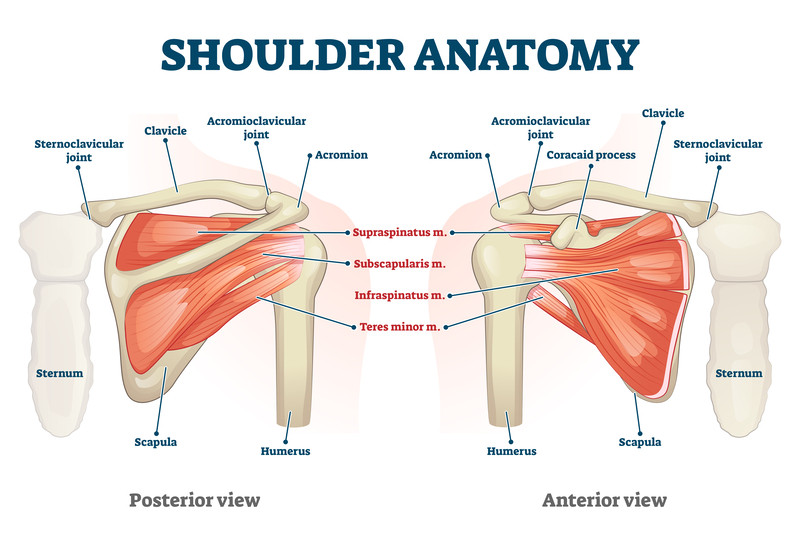
Supraspinatus – Holds your humerus in place and provides stability for the arm. It also helps lift your arm.
Infraspinatus – Enables external rotation and extension of the shoulder.
Teres Minor – Assists in external rotation.
Subscapularis – Holds the humerus to the scapular. Assists in movement of the shoulder joint and internal rotation
Despite this important role the group of rotator muscles are small, relatively weak, and easily irritated. Unfortunately, when injured, the rotator cuff stops functioning correctly which can lead to further injuries.
Preparing the Shoulder for Racquet Sports
As with other types of training, consistency is key to maximizing the benefits of the time and effort spent in training the shoulders. The goal, with consistent training, is to improve your game performance by incorporating effective flexibility and strength training exercises into your training plan. Ideally, training for performance and injury prevention for the shoulder should occur two to three times per week, either as part of your normal training routine or training the shoulder independently from your normal training program. In terms of resistance training, it is important to start with a lighter resistance and gradually increase the intensity as strength improves. Remember to emphasize proper technique during training, focusing on technique over intensity.
It is important to always warm up properly as a way to start your training program because a proper warm-up is essential prior to training and competition. An effective warm-up is essential to optimize performance and reduce the risk of injury. The warm-up should begin by increasing your heart rate through dynamic exercises like jogging, stationary cycling, or jumping rope. These types of activities help increase blood circulation, elevate oxygen delivery to the muscles, and elevate the heart rate, all of which help prepare the body for more intense physical activity to follow.
Once this general, whole-body warm-up process is complete, a shoulder-specific warm-up should occur before training or competition. This is crucial to reduce the risk of injury. The shoulder-specific warm-up has the effect of increasing blood flow to the shoulder musculature, making them more ready for physical activity. This shoulder-specific warm-up ensures that the shoulders can withstand the demands of training and competition, allowing you to enjoy your time spent training and competing with less likelihood of discomfort or injury. The following movements can be performed to warm up the shoulders. Perform each movement for two sets of 30 seconds:
- Forward Arm Circles - Extend your arms at shoulder height and make small forward circles, gradually increasing the size.
- Reverse Arm Circles - Extend your arms at shoulder height and make small reverse circles, gradually increasing the size.
- Arm Crosses – Straighten and lift the arms laterally to shoulder height, then swing the arms so that they cross the body, one arm crossing over the top of the other arm.
- Band Pull-Apart – Use a light resistance band, holding the band with a shoulder width grip at shoulder height in front of the body. Stretch the band apart by moving the arms laterally until the hands are directly lateral of the shoulders.
Flexibility Training for the Rotator Cuff
Although it is not commonly considered, stretching the rotator cuff muscles, just like other muscles in the body, should be a part of your flexibility training. As with other muscle groups, stretching the rotator cuff muscles positively affects the muscles, tendons, and ligaments associated with the target muscle group, leading to healthier and more injury-resistant shoulders. Below are a series of rotator cuff stretches that you can perform as part of a warm-up or cool-down. The rotator cuff muscles work in coordination to allow the shoulder to move in a 360-degree range of motion. It is suggested in the following stretches to perform one set of each movement, rest, and then repeat the series again. Focus on how your shoulders feel during each stretch and how each stretch affects how your shoulders feel.
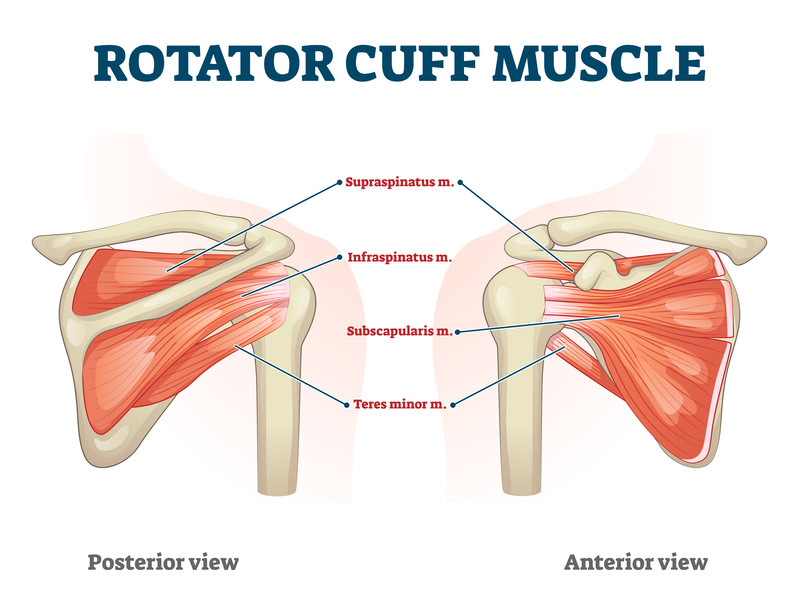
Subscapularis
This muscle is primarily responsible for the internal rotation of the shoulder. To stretch the subscapularis without a partner, grab a broomstick, wooden dowel, or similar object. Hold the broomstick in your hand with the broomstick on the forehand side of the arm. Standing upright, move your arm laterally so that the elbow is at shoulder height and the hand is directly over the elbow. From here, move your arm forward slightly, lower the arm slightly, and pull forward on the broomstick with the opposite hand slightly. This position, with the small movements, will isolate the subscapularis muscle and put the shoulder into an optimal position for stretching. Perform the stretch for 3-5 repetitions for 1-3 sets on each arm.
Infraspinatus
Since this muscle externally rotates the shoulder, the shoulder must be internally rotated to stretch the infraspinatus. Lying on your side, place the arm that is lying on the floor so that the elbow is directly forward of the shoulder, and then bend your elbow so the wrist is directly over the elbow. Using the opposite hand, gently push your arm down towards the ground while keeping the elbow stationary. Don’t use excessive pressure on your wrist to push the hand toward the ground, as this can irritate the shoulder. Take 2-3 seconds to go through a pain-free range of motion. Perform 3-5 reps on one side and then repeat on the opposite side. Perform 1-3 sets on each side.
Teres minor
From a standing or sitting upright, place the right hand behind your head and reach toward the opposite side shoulder blade. Use your left hand and grab your right elbow. Gently push your right elbow so the right hand descends further down the back. Most people will feel this primarily as a triceps stretch, and this is fine. Place an emphasis on not leaning to the side that is being stretched, as that will cause the stretch to become less effective. Perform 3-5 reps with 2-3 seconds per rep, repeat on the other side, performing 1-3 sets on each arm.
Strength Training for the Rotator Cuff
As mentioned previously, the shoulder is a complex joint. The shoulder joint provides stability to the joint while maintaining a large range of motion needed to reduce the opportunity for injury while maximizing both function and performance. The rotator cuff acts to both stabilize the shoulder and assist with movement. The musculature surrounding the shoulder joint works best when these muscles have equal parts strength, endurance, and power while maintaining the desired range of motion. In terms of performance on the court, the primary muscles responsible for accelerating the racquet include the muscles of the chest and arm, while the muscles of the back (rotator cuff, trapezius, rhomboids, and back extensors) act eccentrically as decelerators. The greatest contribution to final racquet hitting speed is from the internal rotation of the upper arm. As a result, exercises that focus on developing and maintaining the musculature of the shoulder (rotator cuff muscles and scapular stabilizers) assist in performance while also protecting the shoulder during both acceleration and deceleration movements. Presented below are exercises that can be used to strengthen the rotator cuff. Performing three sets of fifteen repetitions on each of the exercises will assist in developing the desired strength in the rotator cuff.
External Rotation with Resistance Band
- Attach a resistance band to a sturdy object at elbow height
- Stand sideways with your elbow bent at 90 degrees and tucked close to your body while your forearm is extended as if you are about to shake hands with a friend
- Grasp the band with your hand on the opposite side of your body from where the band is attached and slowly rotate your arm outward, keeping your elbow stationary and pressed against your side
- Pause, then slowly return to the starting position
- Perform three sets of 12-15 reps on each arm
Banded Side Internal Rotation
- Attach a resistance band to a sturdy object at elbow height
- Stand sideways with your elbow bent at 90 degrees and tucked close to your body while your forearm is extended as if you are about to shake hands with a friend
- Grasp the band with your hand on the side of the body where the band is attached and slowly rotate your arm inward, keeping your elbow stationary and pressed against your side
- Pause, then slowly return to the starting position
- Perform three sets of 12-15 reps on each arm
Standing Y-Raise
- Stand with your feet shoulder-width apart, holding a light dumbbell in each hand.
- Raise your arms at a 30-degree angle, forming a Y-shape over your head
- Keep your arms straight, but avoid locking your elbows
- Slowly lower the dumbbells back to the starting position
- Complete three sets of 12-15 reps
Prone Blackburn
- Face down on a bench or stability ball with your arms hanging towards the floor.
- Slowly raise your arms laterally to the sides, forming a T-shape with your body in the prone position.
- Squeeze your scapular together as you lift
- Hold for a moment, then lower your arms back down to the starting position
- Perform three sets of 12-15 reps
Full Cans
- From a standing position, grab a light pair of dumbbells and let them hang to the sides of your body.
- While keeping your arms straight, rotate your hands so your thumbs are pointed toward the sky.
- Keep your arms straight, and lift your arms laterally until the hands reach shoulder height.
- Hold for a moment, then lower your arms back down to the starting position
- Perform three sets of 12-15 reps.
This sequence of rotator cuff exercises, performed consistently two to three times per week, will strengthen the rotator cuff muscles and thus better protect the shoulder while enhancing performance. The key is consistently performing these exercises with quality technique, gradually increasing the intensity over a duration of weeks, months, and years.
Strength Training for the Shoulder
It should be evident by now that strong, stable shoulders are essential for both athletic performance and long-term joint health. When playing racquet sports, your shoulders play a critical role in nearly every upper-body movement. Proper shoulder training not only enhances strength and function but also helps prevent common injuries such as rotator cuff strains, impingements, and labral tears. A well-rounded shoulder training routine should include exercises that target strength, stability, and mobility. Below are some key exercises to include in your shoulder training, along with basic technique guidelines:
Dumbbell Overhead Press
- Sit or stand with a dumbbell in each hand at shoulder height.
- Press the weights overhead until the arms are fully extended.
- Keep your core tight and avoid arching your back.
- Lower the dumbbells under control back to shoulder level.
Lateral Raises
- Hold a dumbbell in each hand at your sides.
- With a slight bend in the elbows, raise arms out to the sides until shoulder height.
- Pause briefly at the top, then lower slowly.
- Avoid swinging or using momentum.
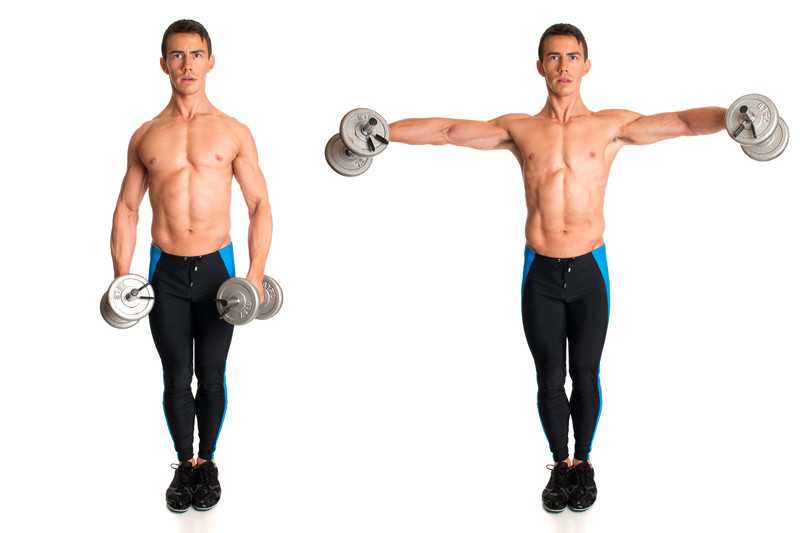
Face Pulls
- Use a rope attachment on a cable machine
- Pull the rope toward your face, keeping elbows high and flaring outward.
- Squeeze your shoulder blades together at the peak.
- Return to the starting position with control.
Scaption Raises
- Hold dumbbells at your sides, palms facing each other.
- Raise the weights at a 30-45° angle from your body (not directly to the front).
- Lift to shoulder height, then lower under control.
- Keep arms slightly bent and thumbs pointing up.
Bent-Over Lateral Raises
- Hinge forward at the hips with a flat back, dumbbells hanging beneath you.
- With a slight bend in the elbows, raise the dumbbells out to the sides.
- Squeeze your shoulder blades at the top of the movement.
- Lower the weights slowly and avoid using momentum.
In summary, training your shoulders with a combination of strength training movements and range of motion activities improves performance and minimizes the risk of injury. For best results, include these exercises in your weekly routine and pay close attention to the technique used during training. Shoulders thrive on the quality of training over the quantity of training. Done correctly, your time spent training will go a long way in both enhancing performance and reducing the opportunity for injury in the shoulder joints.



